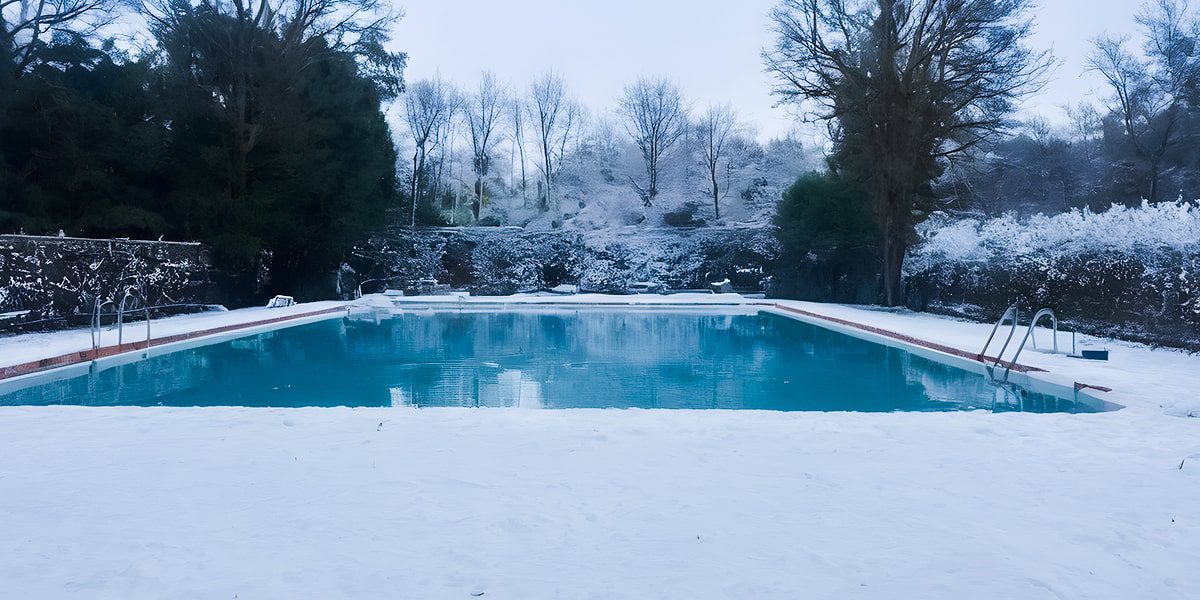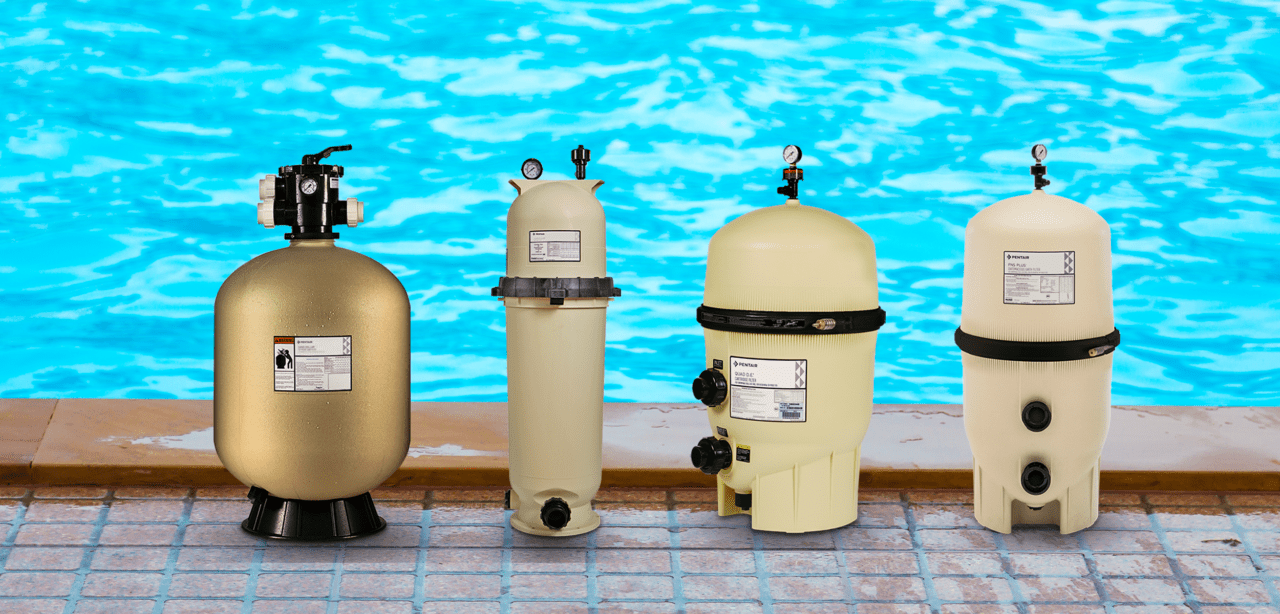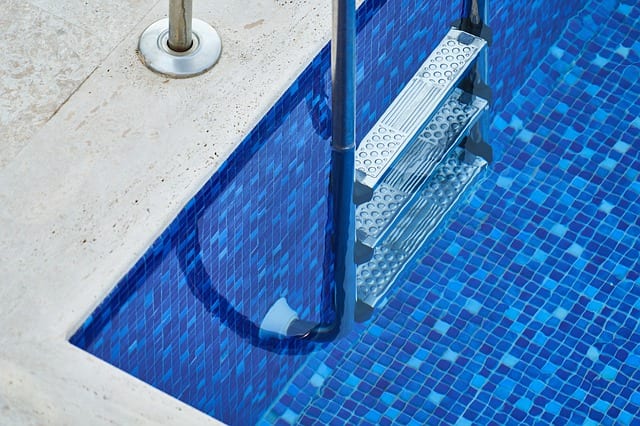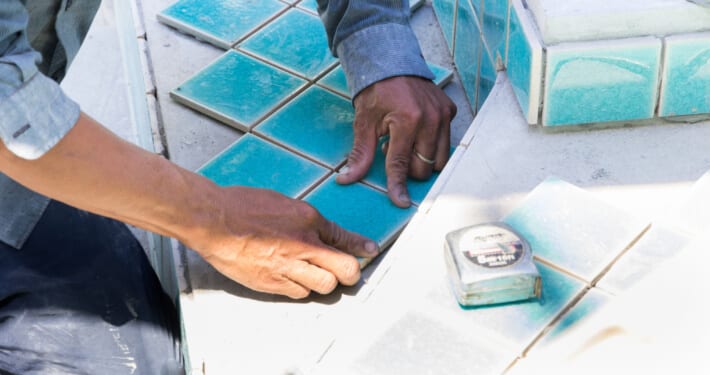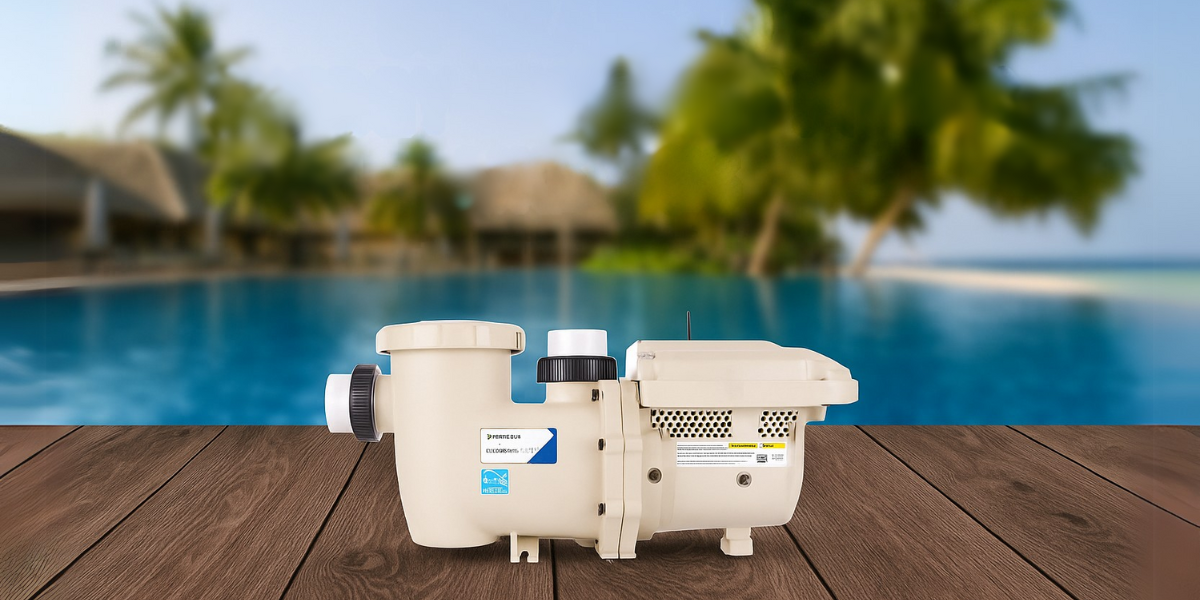From June to August, temperatures average above 90 degrees in the Dallas area. That kind of heat requires some serious pool access!
As a pool owner, you want your pool to be safe, functional, and inviting. The last thing you want is to discover severe problems with your pool plaster that put your pool out of commission for the summer.
Understanding common problems that can affect pool plaster allows you to know whether it’s time for a quick cleaning or for total pool replastering.
We’ve put together a quick and easy guide on the most common pool plaster problems. Let’s dive right in!
Easy-to-Fix Pool Plaster Problems
Not all issues with pool plaster will have you desperately searching, “pool replastering near me.” Here are a few issues you can typically address on your own.
Discoloration
Discoloration is the most common issue with pool plaster, and, in most cases, the easiest to resolve.
Before you drain your entire pool to tackle issues with the plaster, make sure that what you’re looking at isn’t an issue with the water, itself. If you’re unsure, try a few different water cleaning methods and see if this resolves the issue.
Discoloration of pool plaster is a common issue because the plaster is porous. Something as simple as a chemical imbalance in the water can leave your plaster looking funky. Test your water regularly to make sure you have the right chemical levels to prevent this issue.
Most of the time, the discoloration can be removed through acid washing. If this doesn’t work, you may need some more heavy-duty pool plaster repair.
Scaling
If your pool water has the wrong pH, alkaline, or calcium levels, you may begin to notice calcium and mineral buildups.
To keep this issue under control, take a cleaning brush to your plaster a few times during the summer. This should knock these buildups loose, making it easier to clean them out of the pool completely.
Harder-To-Fix Pool Plaster Problems
Some issues will likely require a professional pool service. If you’re starting to notice any of the following issues, it may be time to start searching, “Pool repair near me.”
Excessive Roughness
Are you noticing that your pool plaster is cutting up the bottoms of your feet?
A rising pH level or delamination can lead to pitting or the creation of calcium nodules that disrupt the smoothness of your pool’s surface. This may be a sign that the structural integrity of your pool plaster is compromised.
Cracks
Craze cracks are smaller surface cracks and won’t lead to leaking but could lead to a buildup of algae. They can also become breeding grounds for calcium nodules.
Spalling isn’t quite the same as craze cracking, but it can lead to similar issues. Spalling refers to the flaking away of the plaster’s surface. If spalling is only occurring in a small area, you may be able to take a sander to it and eliminate the issue. However, if spalling becomes worse, you may need to have your pool replastered.
Need a Hand or a Second Opinion?
There are a lot of factors that go into proper pool maintenance. It can be hard to identify what the problem is and why it’s happening.
If you need a second opinion on the quality of your pool and possible problem areas, contact us for a pool inspection. Do you already know that the issues with your pool plaster are too big for you to handle alone? Contact us to find out how we can be of service!
Don’t spend your summer trying to fix your pool when you should be enjoying it!
Want More tips? Read other Articles




